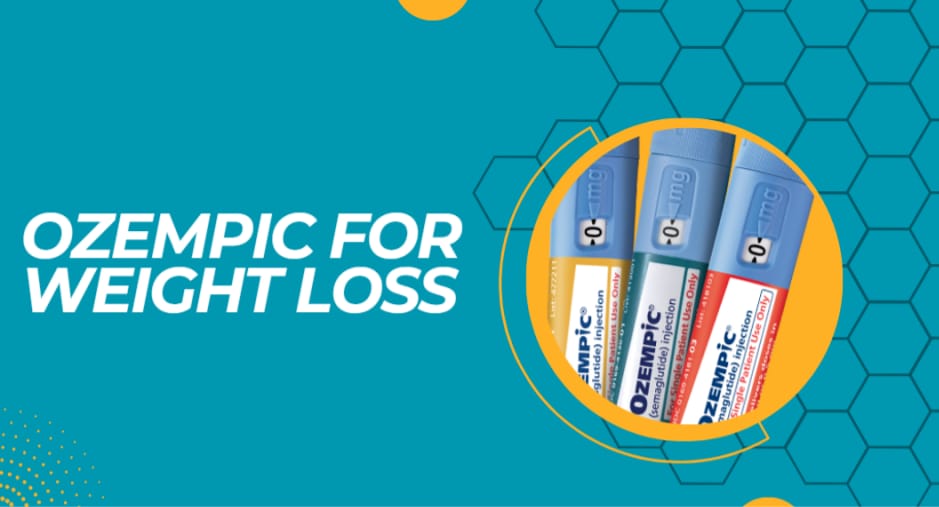Kids living with APD often struggle to understand spoken speech against background noise or remember words, syllables and sounds. This issue does not indicate hearing loss but rather a weakness in the brain’s capacity for processing sound.
APD Adelaide does not impact intelligence directly but can make learning, reading, and socialising with others harder than expected. An audiologist will conduct several standard hearing tests and additional assessments to diagnose APD in your child.
Symptoms
Many children struggle to listen and understand speech in environments with less-than-ideal hearing conditions, missing information, needing someone else to repeat themselves or having trouble remembering nursery rhymes and songs – leading them toward poor academic performance and behavioural challenges at school. It can result in poor school performance as well as behavioural issues.
Auditory processing disorders have gained greater awareness in recent years, yet diagnosis can often prove challenging as its symptoms overlap with those of other conditions. For instance, children who struggle to differentiate sounds in noisy or room-reverberant environments could also have learning or attention difficulties like ADHD or autism.
Children who exhibit auditory processing disorders (APD) can be evaluated by an audiologist using tests designed to measure hearing, sound discrimination and processing abilities. Testing for these skills in a soundproof room provides more reliable measurements. Audiologists frequently collaborate with psychologists, teachers and speech-language pathologists when diagnosing APD Adelaide cases.
Diagnosis
Auditory processing refers to how your brain comprehends speech in quiet and noisy environments, so children who struggle with this process despite normal hearing may be diagnosed with (C)APD by an audiologist. Audiologists specialise in administering tests of auditory processing that compare performance against age norms.
GPs and paediatricians may refer a child for testing to an audiologist if they detect difficulty listening, particularly if the child has trouble in school. An audiologist will conduct standard hearing tests and ask the child to decipher words against background noise, measure tolerance of noise levels, recall sound parts or word groups and perform deciphering tests against background noise.
Doctors do not fully understand what causes auditory processing disorder (APD); however, certain risk factors, such as having had numerous childhood ear infections or repeated episodes, can increase the chances of this condition forming. They are currently investigating genetic links as well as possible links with specific diseases or head trauma that may increase the chances of APD arising.
Treatment
Doctors don’t fully comprehend auditory processing disorder, yet they know it affects children who struggle to follow directions, learn songs, express themselves verbally or read. Children suffering from auditory processing disorder may also have issues with learning, attention or behaviour and could overlap with ADHD as well as dyslexia or apraxia symptoms.
An audiologist (hearing specialist) can conduct screening tests for APD Adelaide by administering special hearing exams to measure how well kids hear in noisy environments and recommend strategies and training programs to improve listening abilities.
Direct treatments use the brain’s natural plasticity to form new neural pathways. These may include one-on-one sessions and computer-aided learning programs targeting specific areas of difficulty.
Prevention
Kids with auditory processing disorder have normal hearing yet do not acquire the basic decoding skills most children acquire while growing up. Over time, this problem worsens and can wreak havoc in home and school life.
Treatment for APD generally entails two approaches: changing environmental factors and training to strengthen weak listening skills. Environmental modifications may include seating children closer to the front of their classroom, using visual cues as part of classroom instruction, or encouraging teachers to provide written directions and verbal instructions. Training options can range from computer-assisted programs and one-on-one speech therapy sessions to individual programs such as computer-aided language acquisition and one-on-one therapy programs.
Auditory Processing Disorder is a group of conditions that affect the brain’s ability to interpret sounds. It can cause difficulties in learning, communication and reading skills. It’s also linked to memory problems. People with APD often have trouble following instructions, hearing in noisy environments and understanding speech at a normal speed. They may have trouble remembering what they hear and need to ask others to repeat themselves. Children with APD have difficulty concentrating in school and following teacher instructions. Some have trouble with the spelling of words and struggle to develop reading skills. Children with APD are often mistaken for other disorders, such as ADD/ADHD and Autism Spectrum Disorder.
